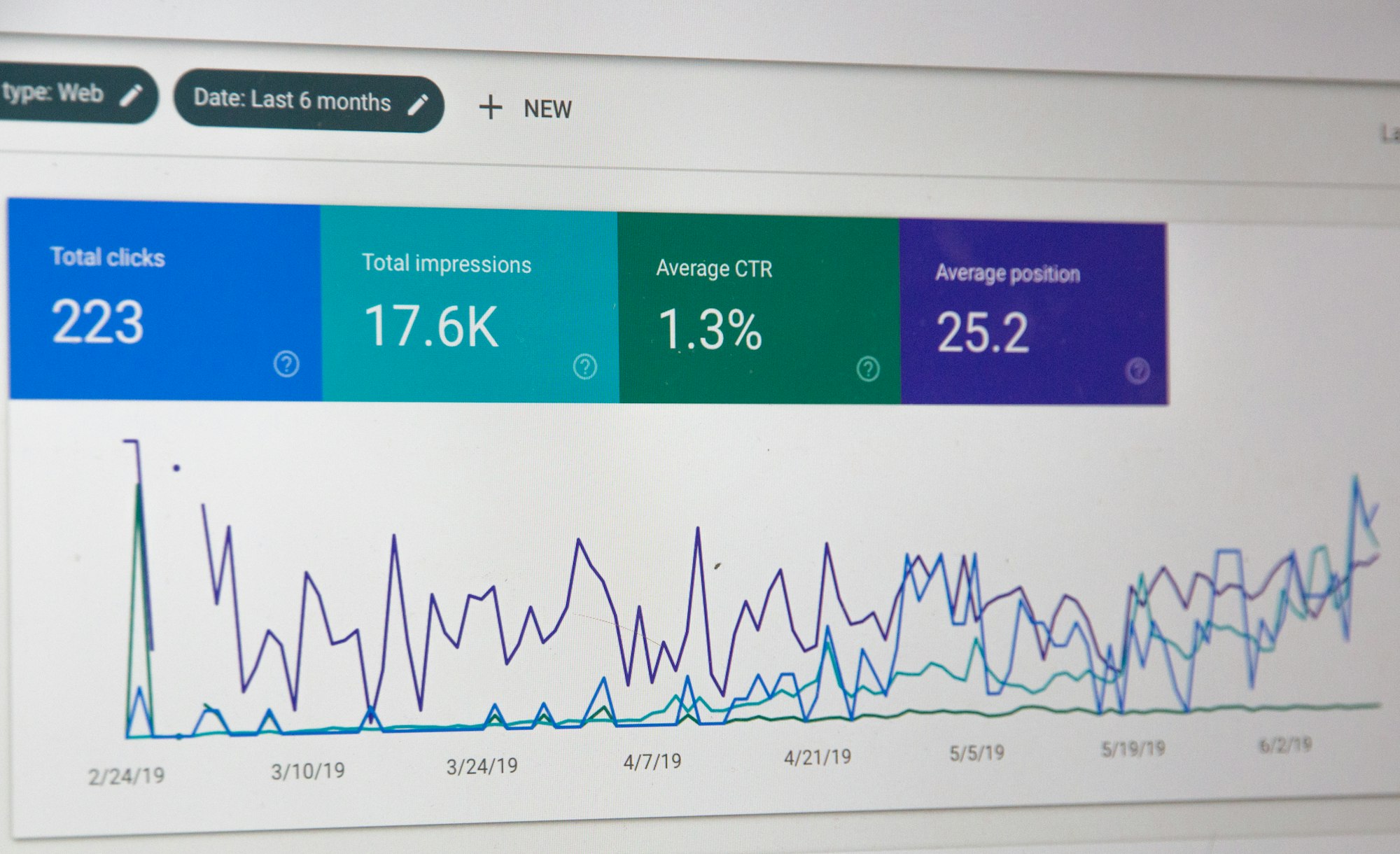Yes, cover letters are still an important part of applying. Yes, you still need to write one.
Luckily, writing a great cover letter doesn’t have to be hard.
Once you know that automated systems are evaluating your application and what they’re looking for, you’ll be way ahead of the curve and much more likely to have your application land on the hiring manager’s desk. Once you’re there, it’s a simple formula for how to impress the recruiter and land that interview.
Here’s a quick rundown of the steps discussed below:
- Tailor the language and keywords in your cover letter to the job description
- Use a professional template that’s easy to skim and matches your resume
- Use hard numbers and data
- Make it personal
- Keep it to one page long
- Submit it as a PDF or as a dynamic, online page
Are cover letters really still necessary?

The internet has conflicting advice about cover letters. Some claim that they’re ineffective and unnecessary, while others believe they can be the difference between landing that interview and being left at the bottom of a pile of applications. Who’s right? They both are.
Let’s start with the first claim. Cover letters can be ineffective in some cases – a generic statement about yourself that isn’t tailored specifically to the job you’re applying to won’t get you anywhere. Recruiters and hiring managers only spend a short amount of time looking over your application, so if they don’t see how you fit well for this role in particular, your cover letter won’t help your cause.
How about the idea that cover letters are unnecessary? This can be true during the very first stage of the applicant evaluation process when automated systems are looking over your application. Depending on how sophisticated those systems are, they may or may not look at your cover letter at all before making the decision to pass you on to a manager for human review.
But that leaves out two very important cases:
- Applicant tracking systems (ATS) that are smart enough to read and evaluate your cover letter, and
- The recruiter or hiring manager who sees your application next.
In both of these cases, a strong, tailored cover letter can indeed be what sets your application apart and helps land you an interview.
So, how do you ensure that your cover letter makes it past those automated systems and impresses the hiring manager? Follow the steps below.
1. Tailor the language and keywords in your cover letter to the job description
Tailoring the language and keywords in your cover letter to the position for which you’re applying is the single most important thing you can do in your cover letter.
All you need to do is read over the job description and pick out those words and phrases that seem most important and specific to that job in particular. Then make sure to use those exact words and phrases in your cover letter. If it seems repetitive, also use synonyms or similar phrases.
This has two benefits:
a) If your cover letter is processed by an automated system, you’ll rank higher than other candidates.
Modern applicant tracking systems compare the language in your cover letter to the language in the job description. If you use a lot of the same keywords, and if the overall language (sentence structure, subject, writing style, etc.) is similar, the ATS will rank your application higher.
b) Hiring managers and recruiters can easily read hundreds of applications for every open position, so they won’t spend much time on your cover letter.

You need to be able to catch their eye on a quick glance-over, and the easiest way to do so is by using the same keywords and phrases that they’re looking for in your resume, based specifically off the language in the job description.
In fact, it’s not uncommon for a recruiter to not know anything about a particular job other than what’s written in the job description. In these cases, all they can do is guess at how well you’ll fit in a particular role. If your cover letter matches the job description closely and uses a lot of the same language, the recruiter will assume you’re a perfect fit and move your application to the top of the stack.
What this means is that you should never turn in a generic cover letter that you’ve used for multiple jobs – there’s no faster way to get turned down.
Writing a new, tailored cover letter each time you apply can take a long time though, right? And who has the time or patience for that? Luckily, it doesn’t have to be hard. We’ll discuss some solutions for writing successful cover letters quickly and easily in the How to write a great cover letter quickly section below.
Example (bold to emphasize important keywords and matches):
Job description:
Savviest is looking for a content marketer who is familiar with search engine optimization techniques and has demonstrated success increasing traffic to web sites.
Cover letter paragraph:
One of my greatest passions since I was young was writing, and I recently found the perfect outlet for doing so – blogging. I've written for my own blog, as well as for a number of other sites who have seen significantly increased traffic since running my articles. I have studied search engine optimization, and make sure to use all best practices when writing marketing content.
2. Use a professional template that’s easy to skim and matches your resume
Ensuring that your cover letter looks professional and is easy to read has three big benefits:
a) Standard, consistent formatting helps automated systems parse your cover letter.
Unusual formatting can trip up automated systems, and the harder time they have reading your cover letter, the lower they’re going to rank your application. It’s that simple.
b) Recruiters and hiring managers will be able to get to the important parts of your cover letter quickly.
If a recruiter spends 30 seconds or less evaluating your application, and less than half of that is on your cover letter, you don’t want them wasting time thinking about the formatting.
Your application stands out by the quality of its contents, not by how different it looks from the other candidates. Make sure that the people reading your cover letter actually read what is has to say – use a consistent, professional, clean template.
c) Looking professional signals you're serious about this job.

Make sure your cover letter and resume follow the same clean, professional template so that hiring managers and recruiters take you seriously. When it’s your application vs. 200 others, it’s easy for them to dismiss anything that doesn’t look consistent.
In general, you can trust any major cover letter builder online, Microsoft Word, or Google Docs for their cover letter templates. However, try to use sites that are up to date on current hiring trends and the technology used in ATS. As the hiring landscape changes, it’s important to use templates that are easily read by automated systems and follow modern best practices.
Examples: This Word template or the Savviest Professional template.
3. Use hard numbers and data

Recruiters are used to people waxing poetic about why they are a good match for a given job. What stands out most to them is when you have data about why you’re the right fit. When describing past work experience, try to frame it in the context of specific numbers:
- How much did you save the company?
- How many people did you manage?
- How much did you sell per year?
- How many clients did you work with?
Numbers have the added benefit of catching reader's eyes. As a hiring manager skims over your cover letter, they’ll quickly jump to numbers and figures, and be more likely to spend time considering what you have to say.
The more time you’re on their mind, and the more you can prove to them that you’ve been successful elsewhere, the better your chances.
Example:
As shift manager, I was responsible for up to six other workers each day across multiple roles. At the end of the night, I would count and report all cash sales from that day, which often broke $10,000. By my second year, I was coordinating the schedules of 12 employees over 21 shifts per week.
4. Make it personal
While your cover letter should indicate how well you will do in the job, it should also convey who you are as a person, and why they should hire you for you. Include a few lines about what makes your background unique or special.
What is something really interesting you’ve accomplished? If it’s in the field for which you’re applying, great! But if not that’s ok too: any accomplishment is good and can show you’re well rounded.
Example:
I am passionate about contributing to open-source projects, and have submitted changes to over 10 different codebases in the last year alone. While I believe this helps keep me up-to-date on modern development techniques, even more important is the feeling of giving back and helping support the community as a whole.
5. Keep it to one page long
In keeping with the trend of make it easy to read quickly, it’s important that your cover letter be only one page.
Yes, you should make sure your cover letter tells a compelling narrative of who you are and how you can help make the organization you’re applying to better, but do it in a page or less. Don’t waste time or space with fluffy content – be direct and state exactly why you’re a good fit for this role.
If you’re submitting your cover letter as an online page the same concept applies. While physical length matters less in this case, your cover letter should still be concise and to the point.
Example: These cover letters provided by Boston University.
6. Submit it as a PDF or as a dynamic, online page
It can be tempting to submit the cover letter that you wrote in Microsoft Word or on Google Docs in those formats because it’s easy and you assume that the company can open those files. However, depending on who’s reading your cover letter and what versions of those programs they have, it may end up looking a lot different to them than it did to you.
Don’t leave things to chance – if you’re submitting a document, make sure it’s a PDF. Submitting your application as an online page also works, since the website hosting your cover letter will look the same no matter who’s viewing it.
Ideally, submit a PDF and include a link to the online version elsewhere in your application.
Examples: This PDF version, or this online one.
Tips for writing cover letters as a student

Highlighting your education, volunteer, intern, or other non-paid-work history can be just as good as paid work. Remember to describe what you’ve done with as many of the same keywords and phrases as are used in the job description. If you can match that, you’re already in great shape regardless of your work history.
Feel free to go into detail about an academic accomplishment, or a big project that you completed while in school. Employers are used to hiring students and recent grads, so don’t let that stop you from applying!
Example:
My writing was highlighted when winning the CU Library's Research Award in 2018. The award was given to the best research based paper written for a CU class that year, and is designed to highlight work that resembles professional writing. I would not only bring that same dedication and skill to this position, but would work to make sure every piece I wrote was even stronger than the last.
How to write a great cover letter quickly
Writing a good cover letter isn’t the only thing that will land you the next job (a solid resume is important too), but it could be the deciding factor between you and another candidate for that interview spot.
Don’t send in the same generic cover letter for every job. Taking the time to tailor the language in your cover letter to the job for which you’re applying is well worth the extra effort. Remember, it takes less time to write a good cover letter than to apply to yet another job.
That said, there are easier ways than manually copying and pasting your cover letter each time you need a new one. Savviest can help you write custom tailored cover letters with the click of a button. Choose your professional template, customize it to your liking, and then download a PDF or share your cover online to really stand out.

If you want to chat more about how to write a great cover letter, or if you have questions about anything related to finding and landing your dream job, feel free to get in touch! We're happy to chat about whatever's on your mind, regardless of whether you use Savviest or not.
Now go get that dream job!

